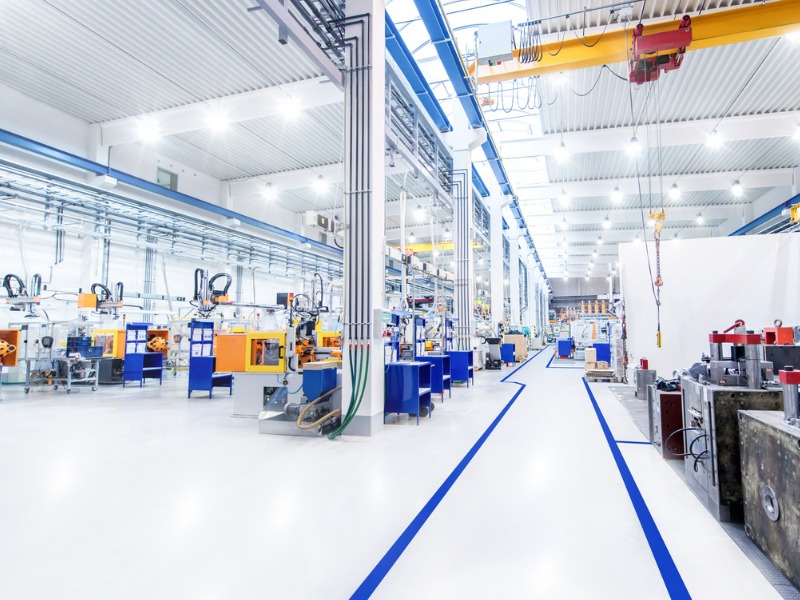Tips for insuring properties worth more than $500 million

Coverage for high-value real estate, defined as sites worth $500 million or more, is often based as much on how those sites are used as on the physical assets themselves.
Multi-use sites, where activities like manufacturing, distribution, logistics and management all happen at the same location, “pose some complexities from a valuation standpoint,” said Graeme Holdsworth, director of national specialty and excess property at Intact Specialty Solutions.
“We’re looking at fire protection, sprinkler density [and] the occupancy [for which the building is] rated,” he told CU. “Have there been changes in occupancy if [the commercial client] brought in a new manufacturing line or product? [Let’s say] they weren’t doing plastic manufacturing, and now they are. Sprinklers and some [other fire-safety] aspects might need to change as well.”
In situations when the use of a high-value facility changes, the new exposure determines whether coverage is handled by a complex risk team or by a different vertical within specialty or commercial insurance.
In some instances, specific perils are named and associated with specific limits (flood, for example). Or they can be underwritten as a portion of the site’s total insurable value. The focus is on making sure clients are insured adequately. Perils are typically covered on an all-risk basis but are subject to policy exclusions, terms, and conditions.
“There can be multi-use facilities where we’re seeing commercial [use] on the bottom, residential on top,” said Holdsworth. Underwriting that “would be risk-by-risk, [and] the replacement cost of the building is really determined by the structure itself — what’s happening inside of it and the fixtures that are there.”
Due to the complexities involved in covering high-value real estate, a risk control team must examine every detail and variable, he added.
“Among other things, these reviews consider frequency and severity of previous claims, new projects or capital expenditures planned for a site, new lines of business, and M&A. We have engineers [with expertise] across a wide range of industries. We’ll get them to physically go see [a site] to get their thoughts on how it intertwines with underwriting.”
Site visits apply to both first-time underwriting and renewals.
The team will look at loss-control measures in place. “A lot of large manufacturers have very specialized and unique equipment,” Holdsworth said. “Our engineers assess the business continuity plan in relation to a piece of equipment that may have gone down. How are they going to replace that and/or curtail the production?”
The risk control team will also help underwriters assess valuation.
In rare cases, situations arise in which owners who’ve held an asset for a long time feel confident in its valuation but haven’t obtained current expert opinion. That can lead to a coverage gap.
“You can have a $500-million limit, but the building’s actually worth $750 million,” Holdsworth said. In such cases, teams will “do a cost-per-square-foot analysis to ensure that it’s within respectable range.”
The risk control team will also develop a holistic risk profile for each client, including emergency preparedness and business continuity plans. These may incorporate wind, wildfires or other perils that are becoming more prevalent.
“So, [for example], ensuring that the cutback on the property of a manufacturing facility [is] an adequate distance [from forested land] so that we better consider the peril of wildfire.”
This story is excerpted from one that appeared in the August-September print edition of Canadian Underwriter. Feature image by iStock.com/yoh4nn







